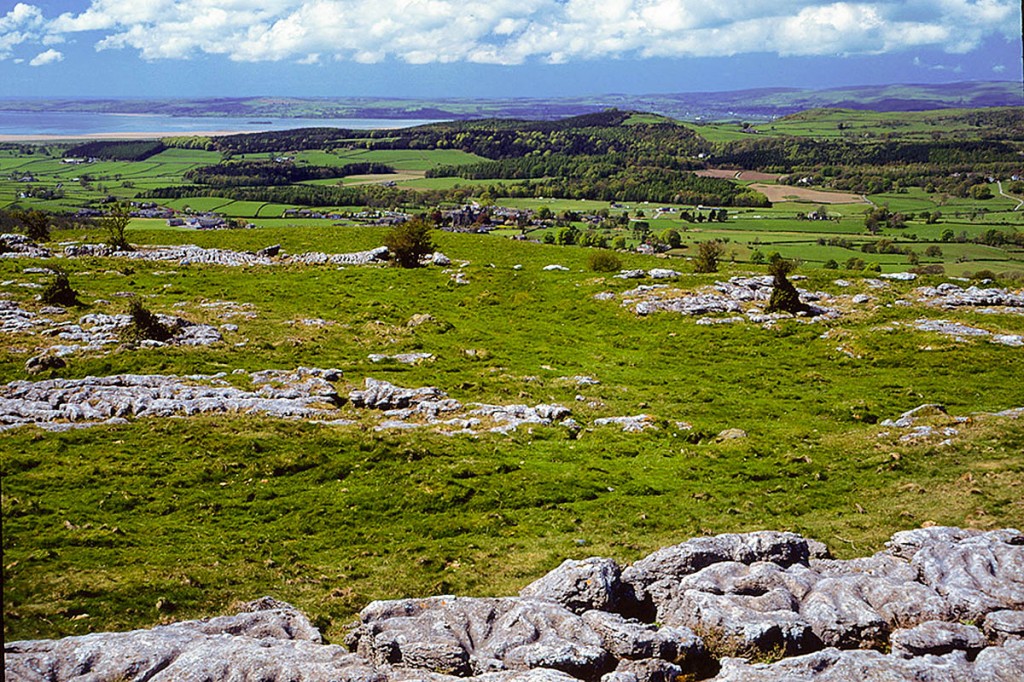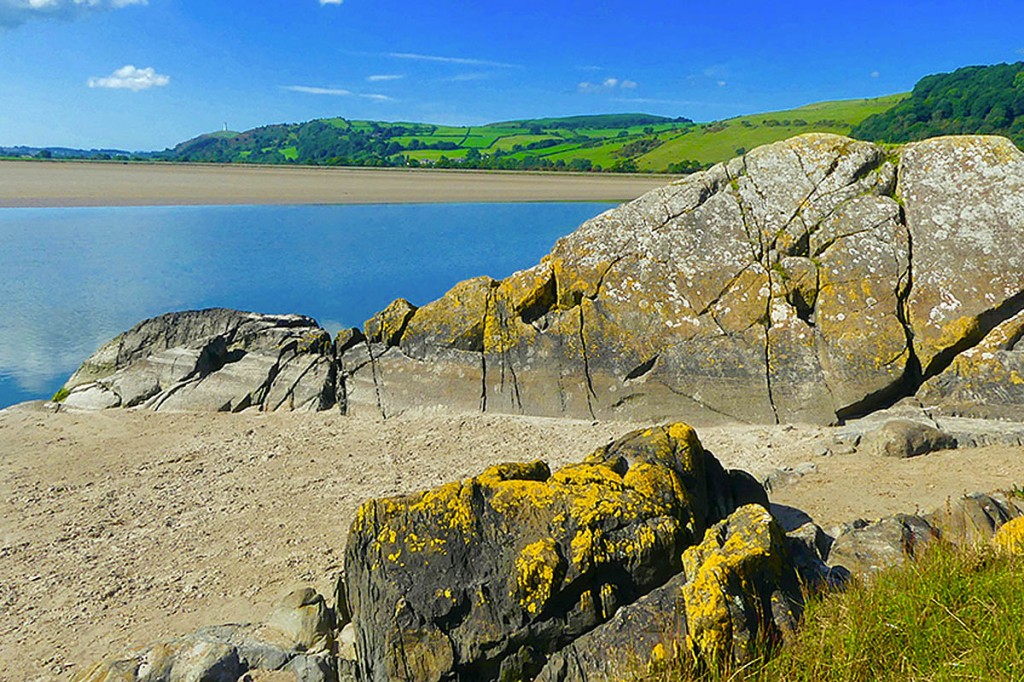A campaigning charity wants to see a further enlargement of the Lake District national park.
The Friends of the Lake District has applied to a government agency to consider extending the park by about 6 per cent.
The Friend’s formal request to Natural England, which is the body responsible for national parks in England, says an additional 155sq km should be designated part of the Lake District.
The area, south of the existing boundary, takes in part of the Furness and Cartmel peninsulas and the parish of Millom Without, between Silecroft and the Duddon Estuary.
The Cartmel Peninsula, between the Leven and Kent Estuaries, was originally proposed for inclusion in the Lake District national park when it was first established, but was subsequently excluded from the designation.
A Friends’ spokesperson said: “Parish councils and communities have long been aware of the quality of the landscape of this area and its close relationship and resemblance to the landscape character, geology, geomorphology, cultural history and wildlife of the adjacent national park.
“Although it is 70 years since the National Park and Access to the Countryside Act of 1949 was enacted by parliament, many communities have retained a pervading sense of unfinished business: the exclusion of the Cartmel Peninsula and Duddon Estuary from the original designations that created the Lake District National Park in 1951.”
The Lake District was enlarged, mainly beyond its eastern boundary, in 2016, along with the Yorkshire Dales, the boundary of which was moved westwards towards the Lakes. The Lake District was granted world heritage status a year later.
The Friends of the Lake District undertook consultation and research surrounding the enlargement and is working with local councils and groups on the latest proposals.
The spokesperson said: “Background research was undertaken by Friends’ policy officer Dr Jan Darrall and Frank Lee, an external consultant who was involved in similar work which helped establish the Lakes to Dales parks’ extensions in 2016.
“Alison Farmer, a landscape architect with specialist expertise in landscape evaluation for designation, undertook research work to independently assess the area from Silecroft to the Kent Estuary, looking at the landscape character, wildlife and cultural heritage, together with the opportunities for recreation and enjoyment of the land to the South of the Lake District national park.
The Friends’ chief executive Douglas Chalmers said: “To establish a strong and evidence-based case for a boundary change with Natural England we had to provide robust independent research establishing that the landscape and recreational opportunities from Silecroft to the Kent Estuary satisfied their criteria for national park designation.
“Our research outcomes have vindicated the views of the communities and parish councils in this area. These communities know they live and work in a landscape of spectacular quality. “Our independent assessment provides the evidence confirming that this landscape is of the quality affording, and deserving of, national park status.”
Parish councils in the area have also been assessing the level of support for the proposals among residents, businesses and communities. The Southern Boundary Partnership was formed to learn more about what being in a national park would mean for residents and businesses and to help build enthusiasm for this change, the Friends said.
The group, together with Friends of the Lake District also engaged in informal discussions with local politicians of all parties, local government and a number of non-statutory bodies including the National Farmers Union, the Country Land and Business Association and Cumbria Tourism.
David Savage, chair of the Southern Boundary Partnership, said: “National park designation will help to ensure that our spectacular landscape is properly valued and managed appropriately, but it will also deliver a means to positively influence the health of our communities and create an environment that enhances visitor spending and attract new businesses which can help our communities to thrive, but also enhance residents’ quality of life.”
The Friends said the final decision for any extension to the southern boundary of the Lake District will rest with Natural England and the Secretary of State for the Environment but it may be that scrutiny of the evidence will not begin until the outcomes of the Glover Review are revealed in the autumn.
The spokesperson said: “Even then, as was the case with the 2016 extension to the Lake District and the Yorkshire Dales, the process could be a protracted one. A substantial consultation would be required and would involve the county council, the district councils, the national park authority and parish councils, who have land within the area to be designated.
The Southern Boundary Partnership has organised a number of ‘community conversation’ events to run throughout the summer months, allowing local residents and businesses to discuss the proposals.
More details are on the Friends of the Lake District website.


Dee Jones
20 June 2019NO! National Parks are a pain and GROSS waste of taxpayers money especially planning departments that double up costs with the local authority. Avoid like the plague
Jeremy Corbinliner
21 June 2019Well the property values will go up, the crap jobs will expand and ordinary working people will be squeezed out all so that.... the tourists can come and turn a natural landscape into something which requires constant maintenance. Was this the idea behind National Parks? Mixed blessing if you ask me, unless you're a bourgeois "Friend of My Own Interests" and/or some petty capitalist who owns holiday cottages and overpriced cafes.
Paul
22 June 2019The car park that has been free all these years will suddenly have a nice national trust pay and display box installed , the price tariff will make sure you have to pay the £8 all day price
Jacob Mead
23 June 2019Fortunate to live in the proposed Duddon area. No vested financial interest. Assess the benefits outweigh the risks for most folks. Lets give it a go. They have already added the car parking charges. Poorly paid locals already commute into the national park, more local jobs would save them time and money.